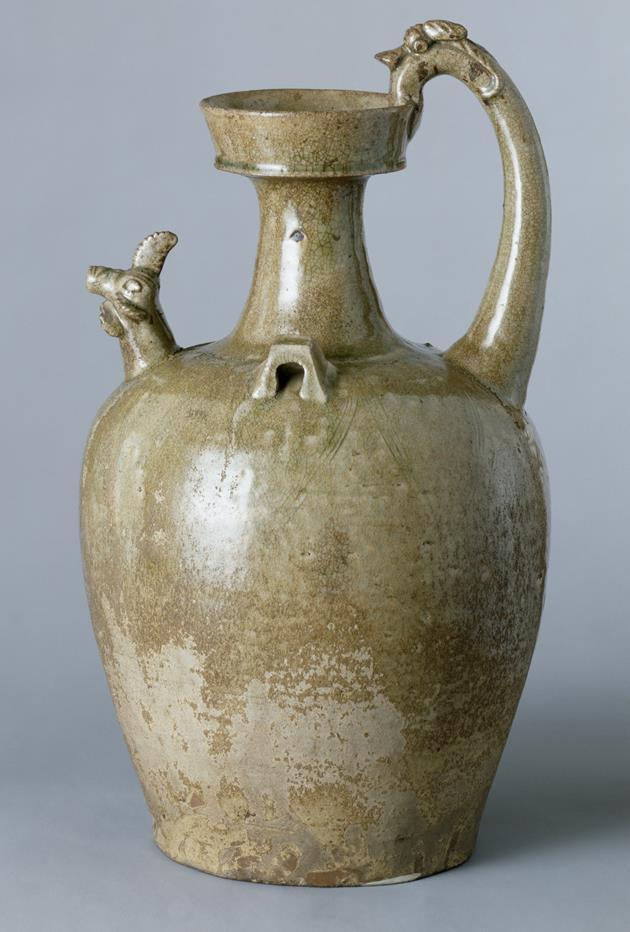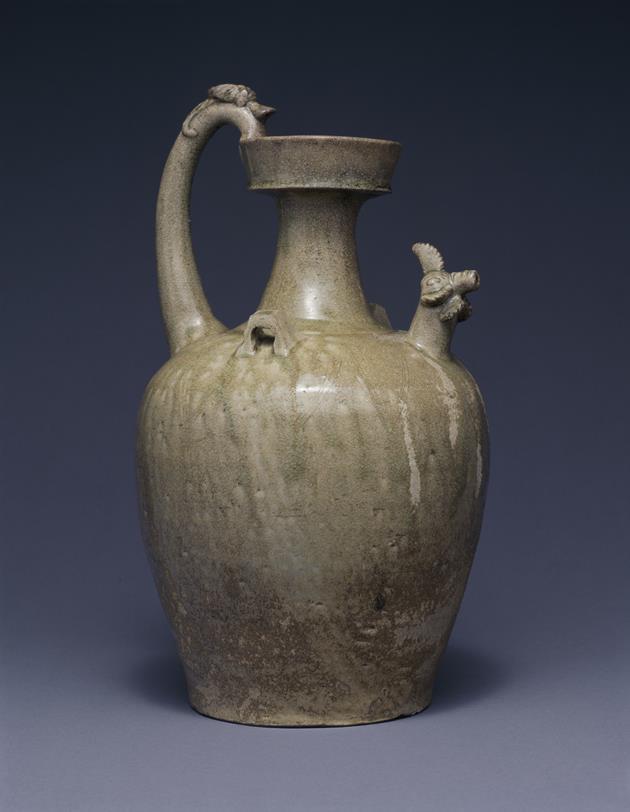Resources
Exhibition HistorySeattle, Washington, Seattle Art Museum, "Glaze, Pattern and Image: Decoration in Chinese Ceramics", September 7, 2002 - November 19, 2002
Seattle, Washington, Seattle Art Museum, "Porcelain Stories: From China to Europe", February 17, 2000-May 7, 2000 (2/17/2000 - 5/7/2000)
Seattle, Washington, Seattle Asian Art Museum, Boundless: Stories of Asian Art, Feb. 8, 2020 - ongoing.
Published ReferencesFroula, Christina. "Proust's China," in Modernism / modernity, Vol. 19, no. 2, April 2012, pp. 227-254, illus. p. 235, fig. 3
Brankston, C.F. "Yueh ware of Nine Rocks Kiln," in BURLINGTON MAGAZINE, LXXIII, December 1938, pl. 1 (d).
Cox, W.E. "POTTERY AND PORCELAIN, vol. 1." 1944, p. 100, pl. 26.
"Handbook, Seattle Art Museum: Selected Works from the Permanent Collections." Seattle, WA: Seattle Art Museum, 1951, p. 55 (b&w)
"6000 YEARS OF ART IN CLAY," catalogue. Los Angeles, CA: Los Angeles County Fair, 1952, unnumbered, pl. 4.
Tubner, H., William J. Rathbun, and Ca.A. Kaputa. "ASIATIC ART IN THE SEATTLE ART MUSEUM." Seattle, WA: Seattle Art Museum, 1973, p. 148, #94.
Emerson, Julie, Jennifer Chen, & Mimi Gardner Gates. "Porcelain Stories, From China to Europe." Seattle, WA: Seattle Art Museum, 2000, p. 16
Qian, Zhaoming, ed. Modernism and the Orient. New Orleans: University of New Orleans Press, 2012; p. 83, reproduced fig. 3.
Foong, Ping, Xiaojin Wu, and Darielle Mason. "An Asian Art Museum Transformed." Orientations vol. 51, no. 3 (May/June 2020): p. 61, reproduced fig. 22 (installation view).






